Recommended walking route around the Arashiyama Bamboo Forest (Part 2)

This is a continuation from ‘Five things to know about the Arashiyama Bamboo Forest in Kyoto (Part 1)‘.
The Arashiyama Bamboo Forest is connected by two subway stations – planning a walking route ensures that you don’t have to backtrack, and retrace your route in order to get back to the same subway station. I thought the route we took was good because we had a chance to see both the Arashiyama Bamboo Forest, as well as the River Gorge of Sagano Arashiyama. Here’s a recommended walking route around the Arashiyama Bamboo Forest and how to get there.
The recommended walking route around the Arashiyama Bamboo Forest
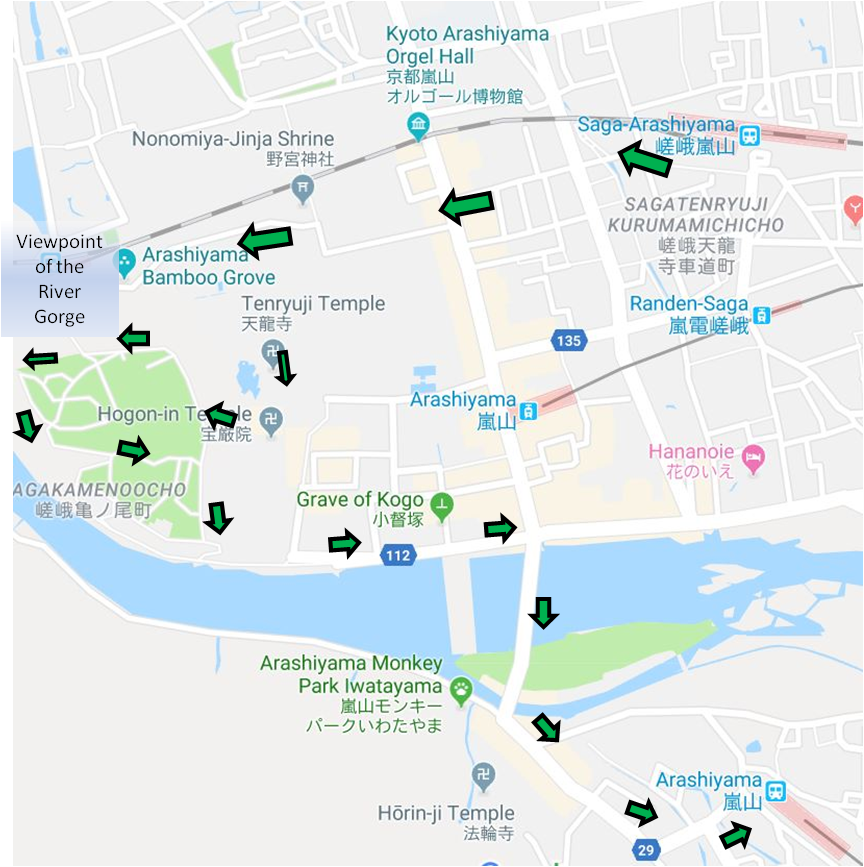
1. How to get there from Kyoto Station
If you’re planning to get to the Arashiyama Bamboo Forest from Kyoto Station, take the JR Line to Saga-Arashiyama Station. It’s a 30 minute train ride. When we visited during a weekday afternoon, it wasn’t too crowded. I recalled that we managed to get a seat and I fell asleep along the way. From the Saga-Arashiyama station, it’s a 10 minute walk to the entrance of the Arashiyama Bamboo Forest. There’s sufficient signage to tell you which direction to head to. You could also take reference from people returning from a walk in the forest.
2. Entering the Arashiyama Bamboo Forest/ Arriving at the Tenryuji Temple

I don’t recall walking through a formal entrance as admission is free. Knowing you have arrived is intuitive because of the bamboo trees which line the sides of the pavements. We followed the path and arrived at the Tenryuji Temple – that’s the place with the immaculate garden and wooden temple. A great place to rest and watch the world go by. If you go down the steps, you’ll that there are great viewpoints for taking pictures of the bamboo trees.


3. From the Tenryuji Temple, we followed the path into the Arashiyama Park
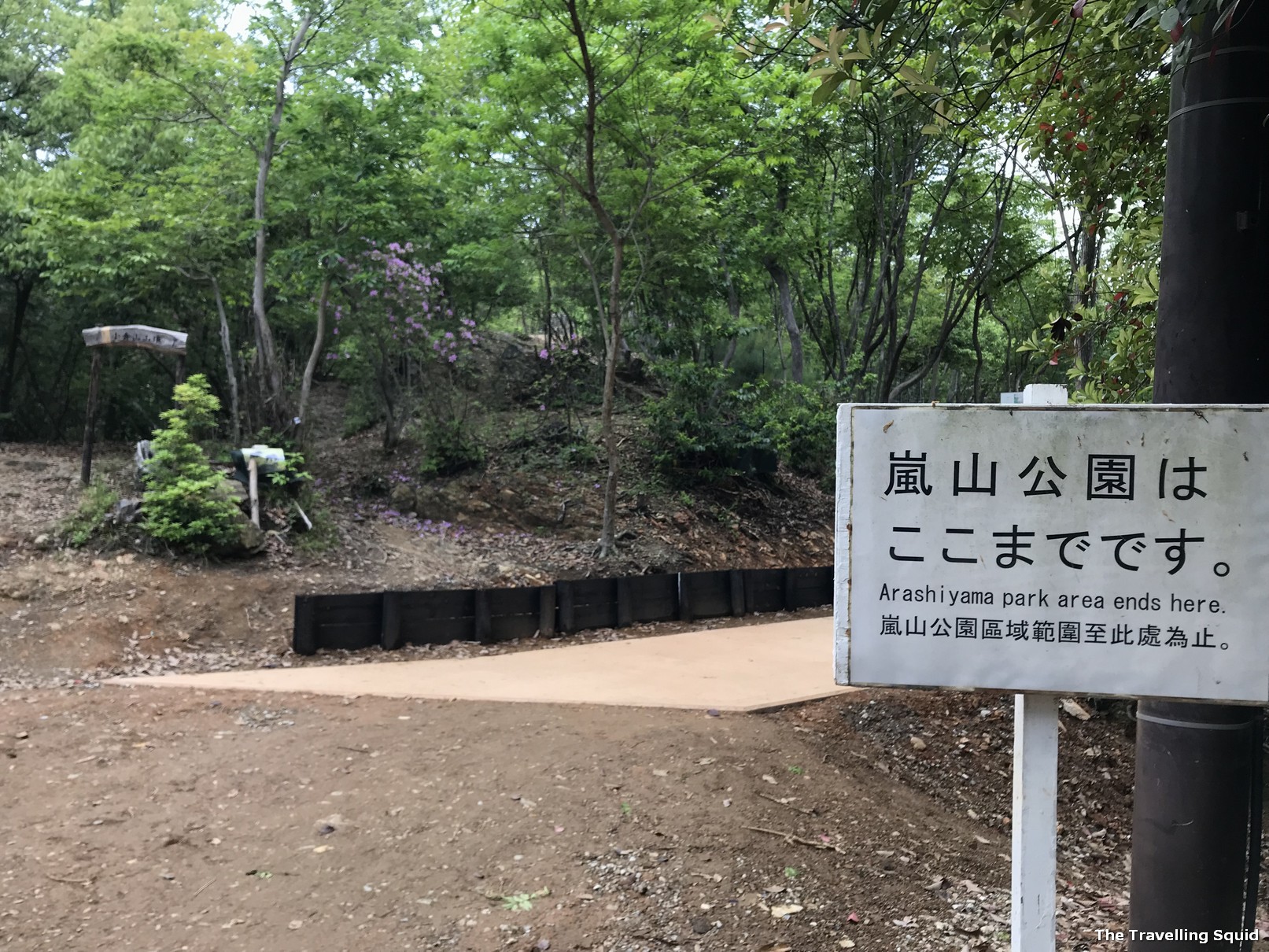
There are less bamboo trees in the Arashiyama Park, but I liked the variety of trees. If you’re keen to identify the different types of trees, they have some descriptions as well. We walked until we came to the end of the park. We only knew about this because of the sign.
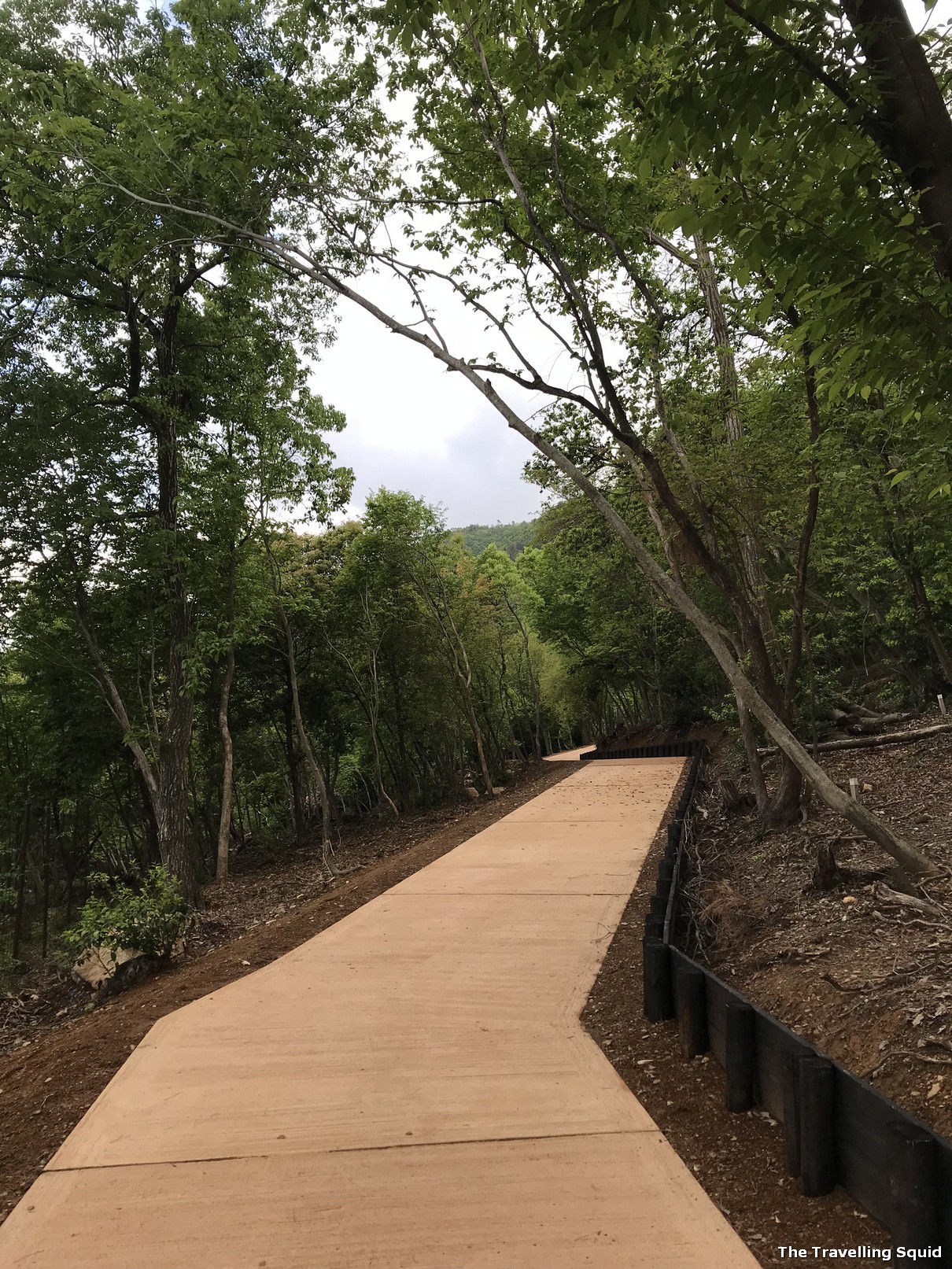
4. Walk to the Arashiyama Park Observation Deck (it can be found on Google Maps)
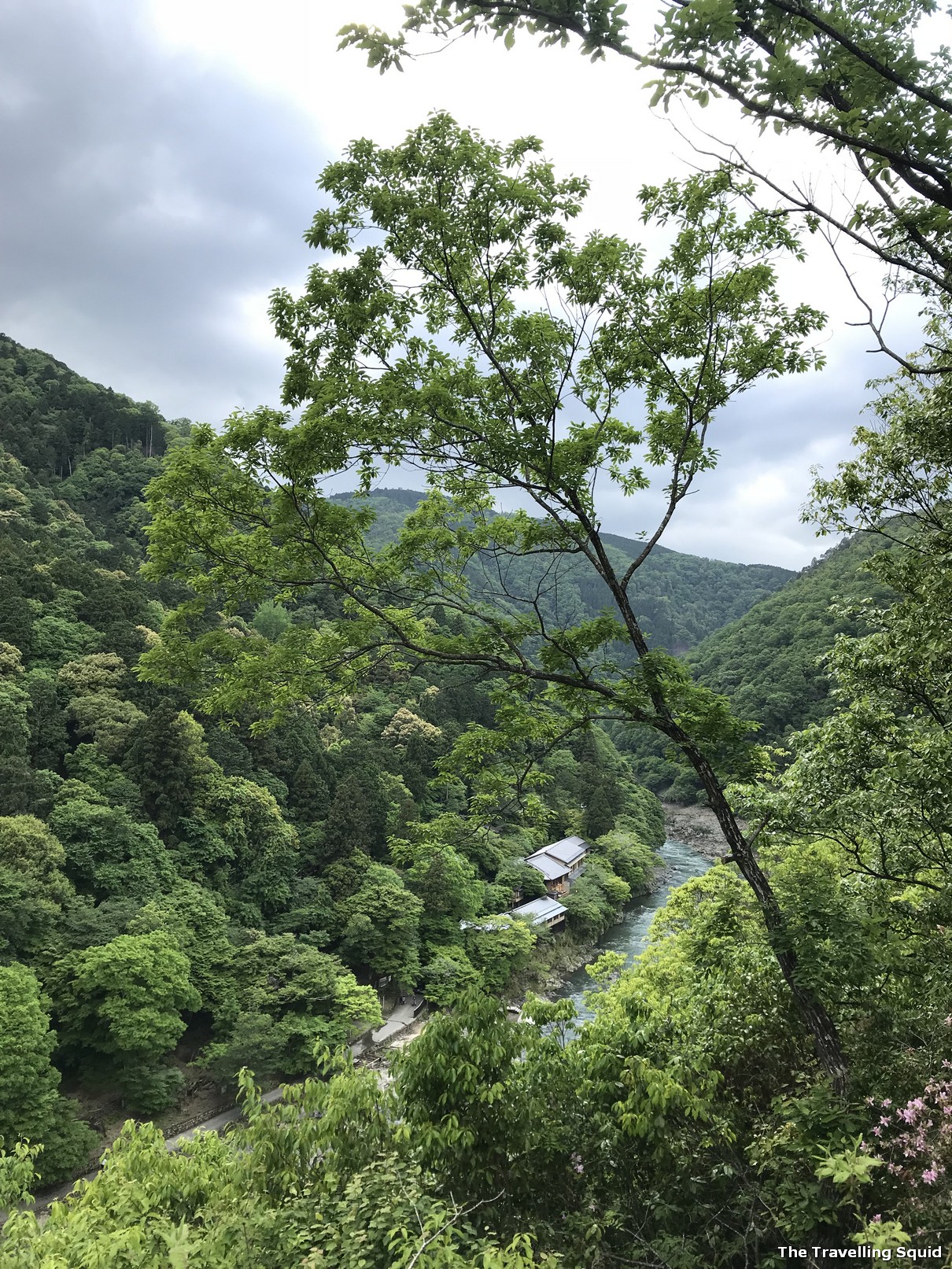
After reaching the end of the park, we made a loop. If you’re in a hurry, there’s one place in Arashiyama Park which is a must-visit. It offers a view to a beautiful gorge – the stuff of period dramas and anime shows. I came to Arashiyama expecting to see bamboo forests, and this was an eye-opener.
5. Follow the path and walk down to the Hozu River
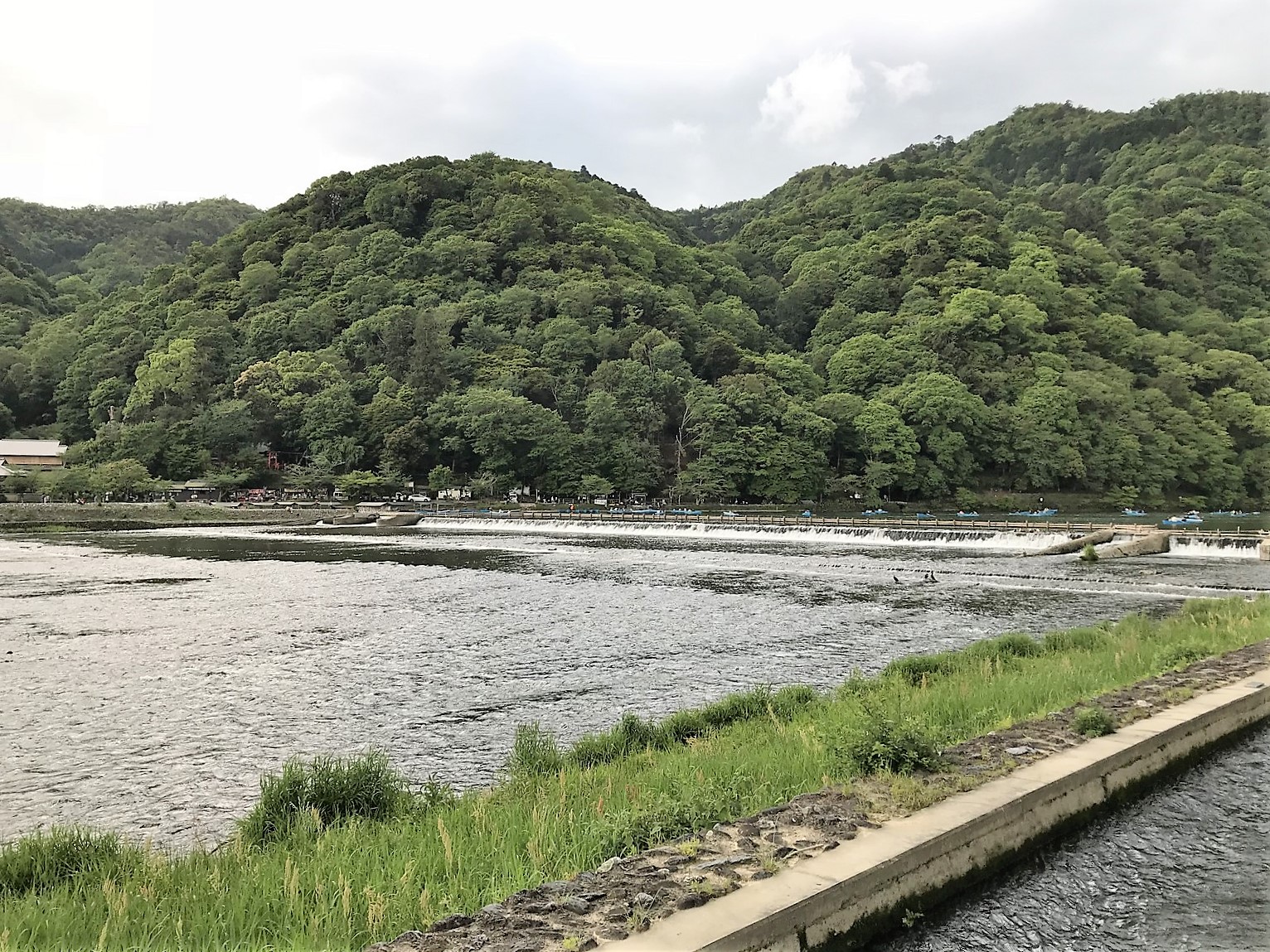
The path from the Observation Deck will lead you down to the banks of the Hozu River. That’s a tourist spot – for people who are keen on kayaking and dining by the side of the river. Popular coffee chain Cafe Arabica is also located along the way.
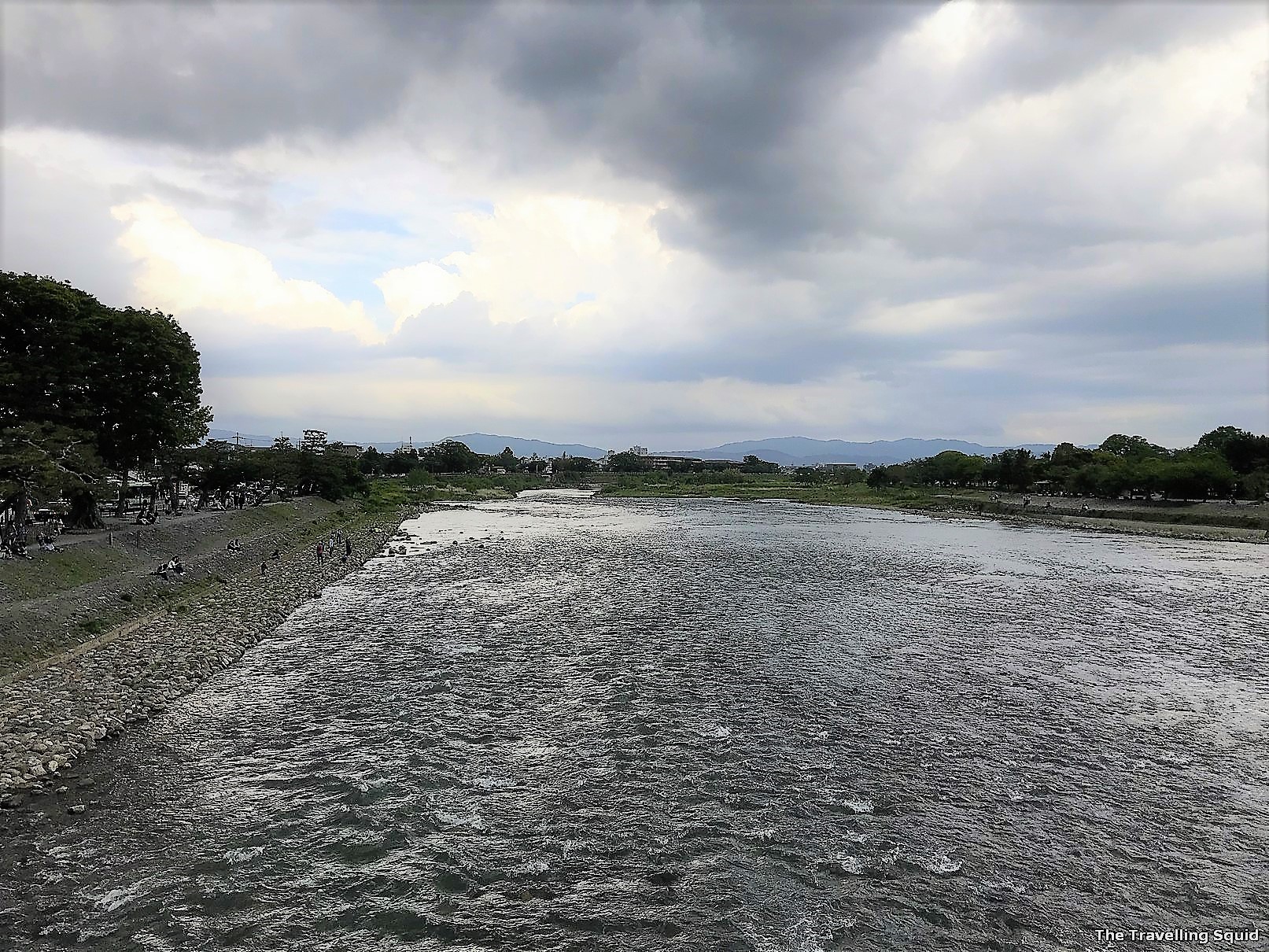
6. Make your way to the Togetsukyo Bridge, cross it, and follow the path to the Arashiyama train station
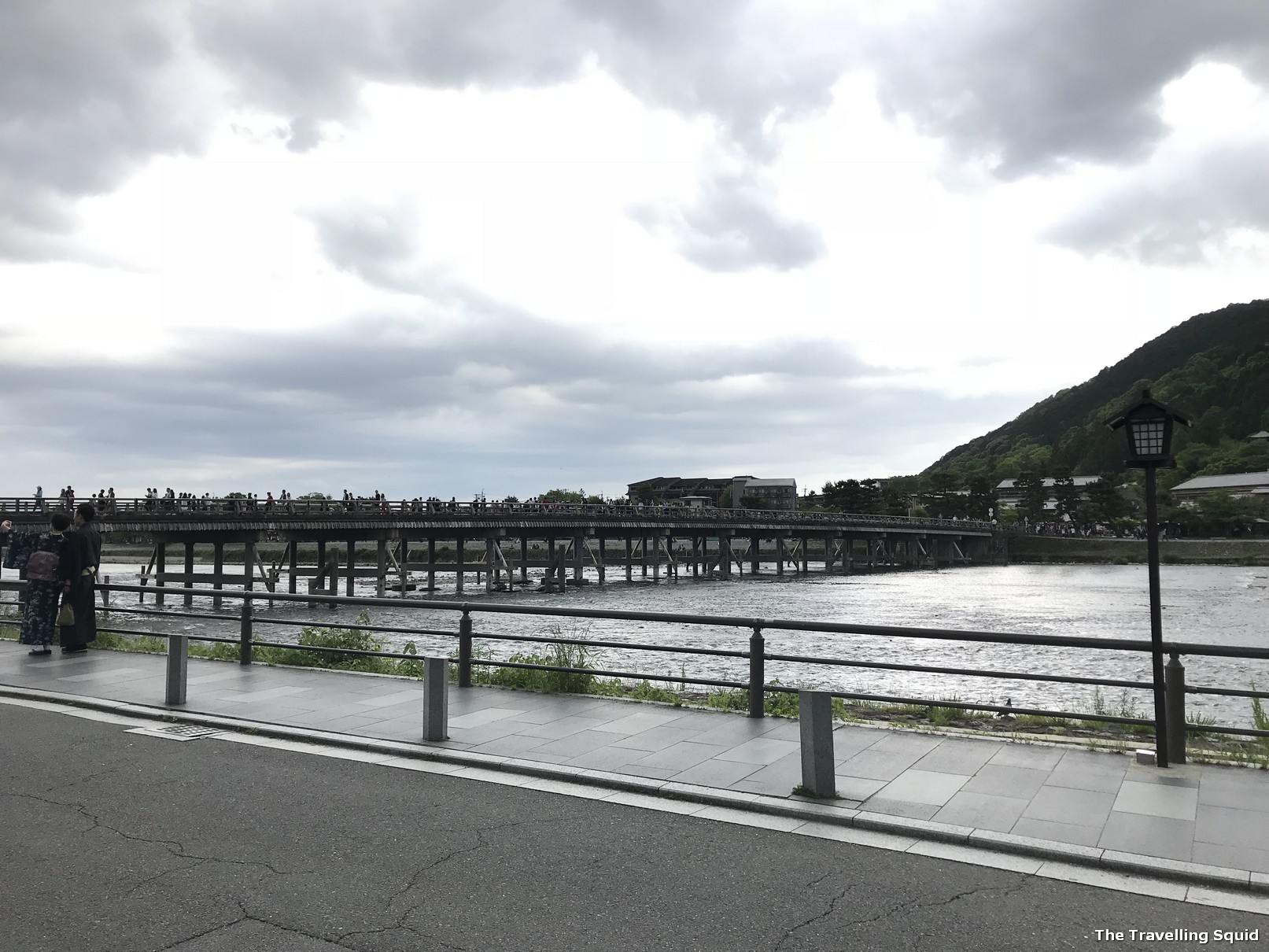
Apart from the Arashiyama observation deck, the Togetsukyo Bridge is actually a great place to observe the gorge and take some photos. Apparently, it was built during the Heian Period (794-1185) and was most recently reconstructed in the 1930s. There are a couple of restaurants and food stands along the way if you’re hungry.

7. Making your way from the Arashiyama station to Kyoto Station

You can take either train from the platform of Arashiyama station as it’s the last stop. This segment involves a fair bit of transfers. Therefore, it will be best to get directions from Google Maps on the fastest way to your next destination. To get to Kyoto station, take the Hankyu- Arashiyama line for three stops to Katsura Station. Change to the Hankyu-Kyoto line and take the train to Kawaramachi. Take a short walk to Shijo Station, and take the Karasuma line to Kyoto station.

The Travelling Squid’s Take
Hope you found the recommended walking route around the Arashiyama Bamboo Forest useful. I thought it was a comprehensive route which covered a wide range of nature sights in Arashiyama. You don’t have to back track to the original train station as well. Getting from Arashiyama station to Kyoto station is quite fast too, but involves several transfers, so stay alert!
Arashiyama is known for its bamboo forests, but I found the river gorge idyllic and beautiful in equal measure. Little houses were embedded in the forest which lined the side by the gorge. I absolutely loved it because unlike the bamboo forests of Arashiyama which was full of people, this promised some peace and quiet from the hustle and bustle of life. On reflection, it could have been one of the scenes from anime series Mushishi, as the ‘master’ travels through remote villages helping people who face problems, largely with letting go.
To be honest, I was a little disappointed after walking downhill to exit the Arashiyama bamboo forest. The gorge led to a river which was filled with tourists paddling with their kayaks. Others filled the sides of the pavement, taking pictures. But I guess this is the price of making a nature attraction accessible. Although it was touristy, I did find beauty in certain parts of the Arashiyama Bamboo Forest. Do enjoy!

Leave a Reply